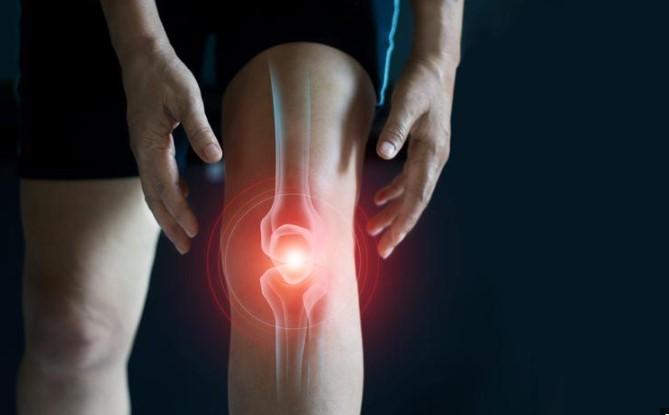Our bones and joints play a vital role in our ability to move. Experiencing occasional aches and stiffness is common, particularly after physical activity. However, it is essential to distinguish between minor discomfort and symptoms that warrant medical intervention.
Neglecting ongoing bone and joint problems can result in chronic pain, decreased mobility, and permanent damage. According to Dr Ashok Rajgopal, Group Chairman, Orthopaedics, Medanta, Gurugram, understanding when to seek a physician's counsel is crucial for preserving your quality of life.
What are the major symptoms?
Persistent Pain
A clear indication of a problem is pain that does not improve with rest or over-the-counter treatments. If discomfort persists for more than a few days or if it frequently recurs, it is advisable to seek further evaluation. This is particularly pertinent if the pain is intense, sharp, or radiates to other areas of the body. While a muscle strain may heal, a continuous deep ache could signify inflammation, arthritis, or a stress fracture.
Swelling, Redness, or Warmth
The presence of swelling, redness, or warmth around a joint signifies inflammation. These symptoms are often associated with conditions such as arthritis (including osteoarthritis, rheumatoid arthritis, and gout), bursitis, or tendonitis. While minor swelling may recover, significant or recurring inflammation suggests an ongoing issue that requires diagnosis and management to avert additional joint damage.
Limited Movement or Stiffness
A restricted range of motion or stiffness that interferes with daily activities is another significant warning sign. If you struggle to fully extend your arm, bend your knee, or rotate your neck, or if morning stiffness persists for over 30 minutes, it indicates a potential issue with joint functionality. This may be due to cartilage deterioration, scar tissue formation, or inflammatory disorders. Early intervention can often aid in maintaining mobilityInstability or Weakness
Instability or weakness
Instability or weakness in a joint requires prompt attention. If your knee collapses, your ankle falters, or you experience a "clunking" or "locking" feeling, it may indicate ligament damage, meniscus tears, or other structural problems. These issues can result in falls and additional injuries if not promptly addressed. Unexplained weakness in a limb may also suggest nerve compression or muscle atrophy associated with a joint issue.
Deformity or Sudden Changes
Any deformity of a joint or limb, or a sudden, unexplained alteration in appearance, necessitates immediate medical evaluation. This could indicate a fracture, dislocation, or serious degenerative condition. If you have experienced a fall or injury and suspect a fracture, seek urgent medical assistance.
When to Seek Help
Even though the slight aches are common, it is recommended to consult a physician if the pain happens to be severe, if there is evident swelling or redness, prominent stiffness or restricted movement, instability of joints, or any visible deformity.




